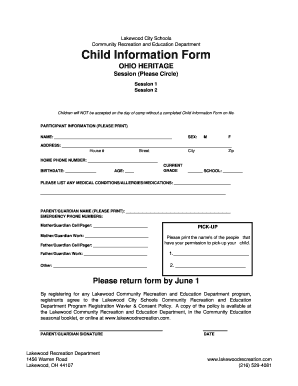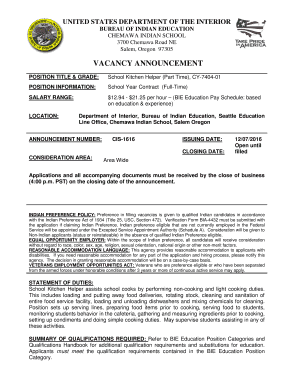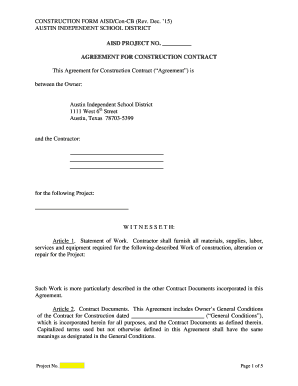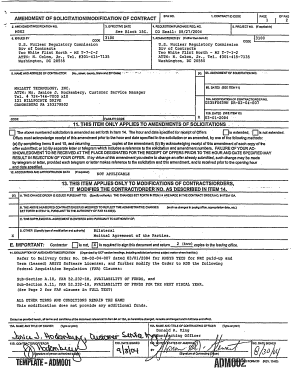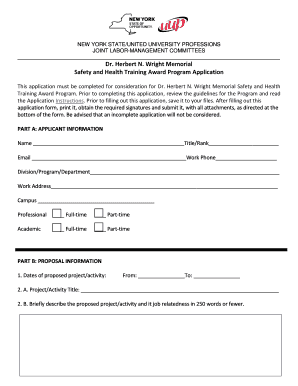What is purchase order log Form?
The purchase order log is a writable document that should be submitted to the required address in order to provide specific info. It must be completed and signed, which can be done manually in hard copy, or by using a certain software like PDFfiller. This tool lets you complete any PDF or Word document directly in your browser, customize it according to your purposes and put a legally-binding e-signature. Right after completion, user can send the purchase order log to the appropriate individual, or multiple individuals via email or fax. The editable template is printable as well from PDFfiller feature and options presented for printing out adjustment. Both in electronic and physical appearance, your form should have a neat and professional outlook. You can also save it as the template for further use, so you don't need to create a new blank form from scratch. You need just to amend the ready form.
Template purchase order log instructions
Before starting to fill out purchase order log Word template, be sure that you have prepared all the necessary information. This is a mandatory part, because typos may trigger unpleasant consequences starting with re-submission of the full and completing with missing deadlines and you might be charged a penalty fee. You ought to be observative enough when working with digits. At first sight, it might seem to be uncomplicated. Yet, it is easy to make a mistake. Some use some sort of a lifehack keeping all data in another document or a record book and then add this into document template. However, try to make all efforts and present accurate and solid info in your purchase order log .doc form, and doublecheck it during the filling out all fields. If it appears that some mistakes still persist, you can easily make some more amends when working with PDFfiller editing tool and avoid missing deadlines.
Frequently asked questions about the form purchase order log
1. Can I fill out confidential forms on the web safely?
Solutions working with confidential information (even intel one) like PDFfiller are obliged to provide security measures to their users. We offer you::
- Private cloud storage where all information is kept protected with both basic and layered encryption. The user is the only person who is free to access their personal documents. Doorways to steal this information by the service is strictly prohibited all the way.
- To prevent identity theft, each file gets its unique ID number upon signing.
- If you think this is not enough for you, choose additional security features you like then. They manage you to request the two-factor verification for every person trying to read, annotate or edit your file. PDFfiller also offers specific folders where you can put your purchase order log fillable template and encrypt them with a password.
2. Is electronic signature legal?
Yes, and it's totally legal. After ESIGN Act released in 2000, a digital signature is considered like physical one is. You are able to fill out a document and sign it, and it will be as legally binding as its physical equivalent. While submitting purchase order log form, you have a right to approve it with a digital solution. Make sure that it corresponds to all legal requirements like PDFfiller does.
3. I have a sheet with some of required information all set. Can I use it with this form somehow?
In PDFfiller, there is a feature called Fill in Bulk. It helps to extract data from document to the online word template. The key advantage of this feature is that you can use it with Microsoft Excel sheets.



















